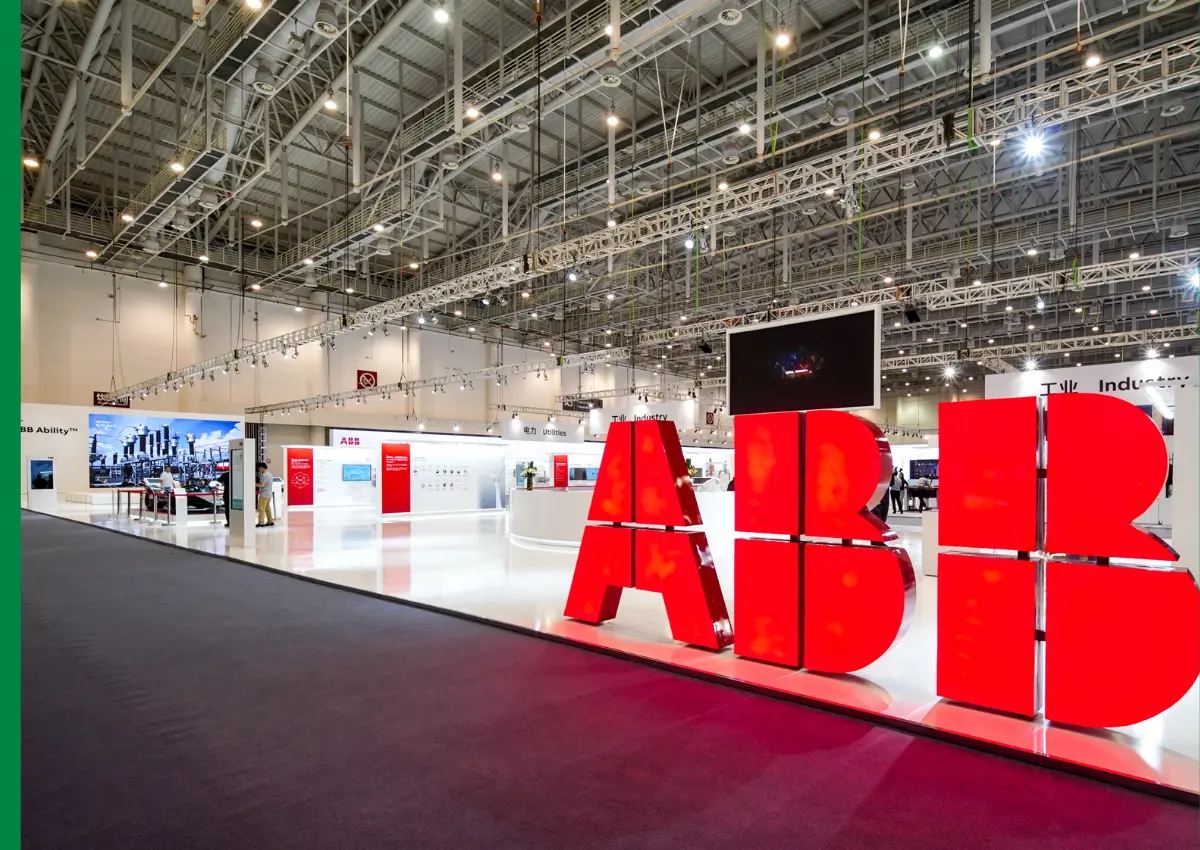The second quarter earnings of ABB India in 2025 present a compounded picture of the situation in which the topline growth could not help the company to escape the major challenges in operations. The heavy electrical equipment manufacturer reported both strong and weak results that show strength as well as weakness in the industrial sector of India.
Financial Performance Overview
ABB India has been forecasting a strong growth unit in revenue in Q2 of 2025, as the company grew 12% year over year at the same rate as foreseen by the market at 3175 crores. This steady top-line growth highlights the fact that the company has been able to sustain itself in this market at a time when a growing number of electrical equipment manufacturers are struggling.
But behind this rosy tale of revenue growth is an unhealthier story of squeezed profitability and operating efficiencies that investors need to get acquainted with.
EBITDA Decline—Concern for ABB India Investors
The biggest red signal in the Q2 2025 results of ABB India was the steep 24 percent fall in EBITDA, which dropped back to the levels of the previous year and stood at 414.9 crore. Not only is this performance way below the street expectations of 582 crore rupees, but there is also a gap of almost 167 crores that begs some questions on how the company manages its cost.
Margin Compression Analysis
Even worse, the EBITDA margin squeeze recounts a more distressing tale. The margins of ABB India fell by more than six percentage points to 13 percent compared with 19.2 percent of last year. This massive margin erosion shows that the growth of the revenue of the company was at a big price of margins.
Investors in the showing of ABB India financial health are going to be concerned that this money compression is an important metric that indicates inequities in its operations or that its market conditions are tough to overcome with ease.
Cost Structure Challenges—Breaking Down the Expense Increases
The primary driver behind ABB India’s margin pressure was a 21% increase in Cost of Goods Sold (COGS). This cost inflation stemmed from multiple sources that paint a picture of broader supply chain and operational challenges:
Raw Material Cost Inflation
Raw material costs surged by 26% year-over-year, reflecting both global commodity price pressures and potential supply chain disruptions. For a heavy electrical equipment manufacturer like ABB India, raw material costs represent a significant portion of total expenses, making this increase particularly impactful.
Subcontracting and Procurement Challenges
Subcontracting charges increased by 24%, while the purchase of stock-in-trade jumped by 38%. These increases suggest that ABB India faced challenges in maintaining efficient production processes and may have relied more heavily on external partners and ready-made components.
Order Book Performance—Mixed Signals for Future Growth
The order inflow history of ABB India shows a mixed performance that needs inference with many values when one wants to get an idea of the future of the company.
Decline of Order Inflow
The order inflow of the company was down by 12 percent year over year, or 3036 crore. What was more worrying was the sequential capital loss of 19 percent, indicating the loss seemed to be building up even in the quarter.
Order Book Stamina
In spite of the reducing inflows, the total order book of ABB India hit an important 10,000 crore mark. But the growth was not massive, as it increased 6 percent year-over-year and 1 percent since March 2025 only, meaning that the base of the company was not increasing considerably.
Strategic Developments—Robotics Division Restructuring
One of the maneuvers was strategic owing to some decisions of the ABB India board on the evaluation of the Robotics division. The board also authorized the appointment of registered valuers to arrive at the valuations of this division, which will be incorporated into a wholly owned subsidiary.
This action indicates possible strategic restructuring, although the company pointed out that no decision has been made concerning the divestment process. This is, to the investors, an opportunity for future value creation or a strategic collaboration.
Stock Performance Analysis
ABB India’s stock performance reflects investor concerns about the company’s operational challenges:
Recent Stock Movement
- 2.3% decline on the earnings announcement day
- 8.1% drop over the past month
- 3.09% decline on August 4, 2025
- Four consecutive days of losses totaling 6.44%
Technical Analysis Perspective
The stock’s technical position appears bearish, trading below all major moving averages (5-day, 20-day, 50-day, 100-day, and 200-day). This technical setup suggests continued pressure until fundamental improvements emerge.
Year-to-Date Performance
ABB India has declined 24.39% year-to-date, significantly underperforming the Sensex’s 3.38% gain during the same period. This underperformance highlights company-specific challenges beyond broader market conditions.
Sector Context and Competitive Positioning
ABB India’s challenges must be viewed within the broader heavy electrical equipment sector context. The company has underperformed its sector by 2.56%, suggesting that while industry headwinds exist, ABB India may be facing additional company-specific challenges.
Investment Implications and Future Outlook
For investors considering ABB India, several key factors emerge from the Q2 2025 analysis:
Positive Factors
- Consistent revenue growth meeting expectations
- Strong order book crossing ₹10,000 crore
- Strategic review of robotics division for potential value creation
Concerning Factors
- Significant margin compression affecting profitability
- Rising cost pressures across multiple categories
- Declining order inflow indicating potential future revenue challenges.
Final thoughts
The Q2 2025 earnings of ABB India reflect the complicated situations that industrial equipment producers have to deal with in the contemporary financial circumstances. Although the business continues to experience momentum in terms of revenue growth and has a good order book, the high margin outlook and inflation of the cost are major operational challenges.
Investors are advised to keep track of ABB India to regain its margin growth in upcoming quarters and to overcome cost management inefficiency. The strategic review of the robotics division may create some additional catalysts; nevertheless, short-term efforts must be focused on the improvements of the operations efficiency and cost control measures.
The company is a bellwether of the Indian industrial equipment industry and the way it is tackling the current issues will dictate the general mood of the industry and the investment pattern.




